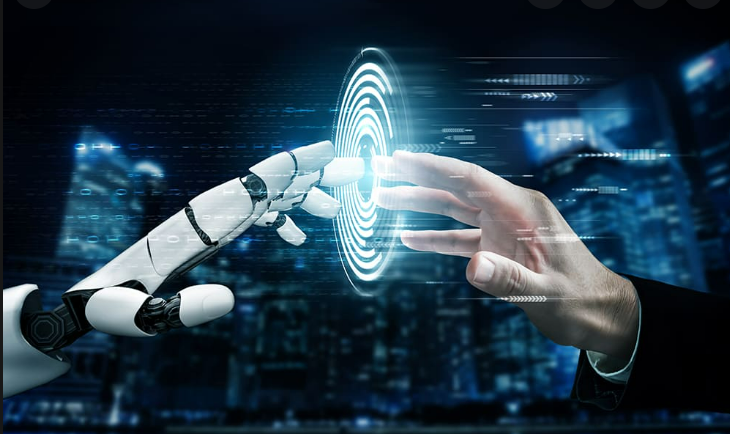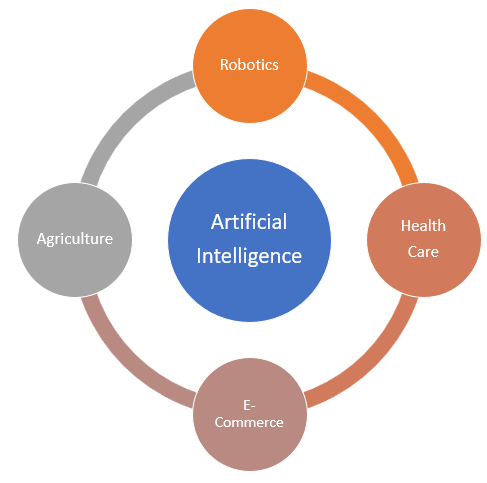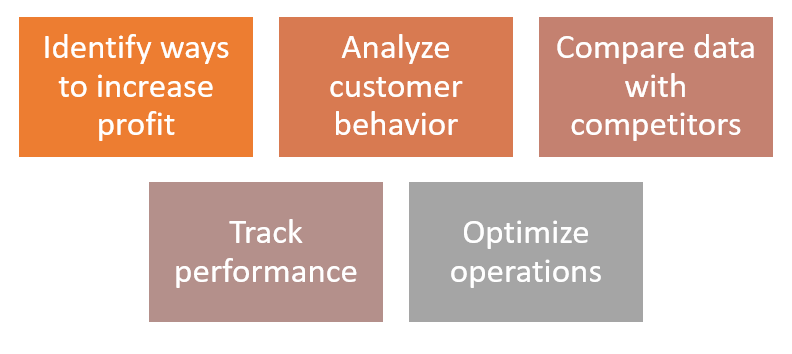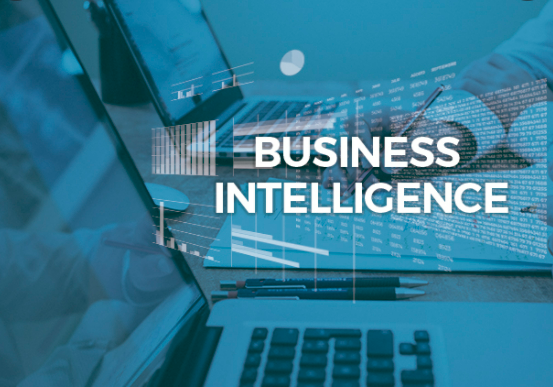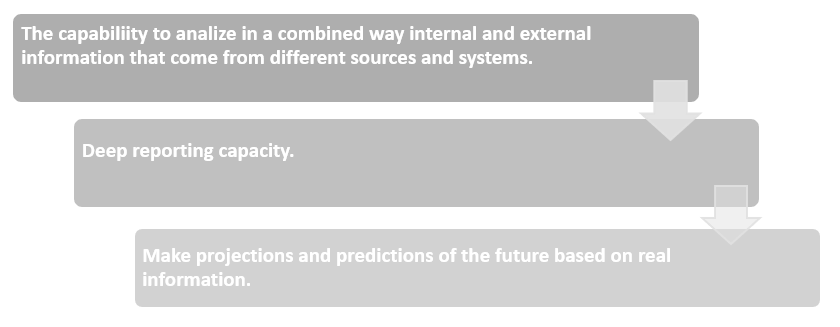Artificial intelligence is a manmade type of developed technology which is becoming an important topic of importance since it represents a crucial factor for all humankind in the new era. AI is a complex field that combines computer science and strong datasets to enable problem solving.
https://www.ibm.com/cloud/learn/what-is-artificial-intelligence
AI seems to be a new technology, but certainly, it had been among as for a long time already. It presented the first developments in 1943 when Warren McCulloch and Walter Pits created a model of artificial neurons. In 1950, Alan Turing created a project of an advanced tool known as “Turing Test” capable to determine whether certain machines are thinking or not.
https://www.aa.com.tr/en/europe/spain-to-invest-720m-in-artificial-intelligence/2063555
Then, by 1972 the first real scale human robot was created in Japan. In 2006, AI was launched in the business world with top companies like Twitter, Netflix and Facebook that started to use artificial intelligence in their applications.
Many scientists agree in the fact that AI is a controversial subject due to its influence over society. Here are some of the advantages and disadvantages of AI:
Advantages:
- Reduces human error rate.
- Improve efficiency.
- Makes life easier.
Disadvantages:
- Expensive developing costs.
- Reduces human’s workforce at jobs.
- AI in the wrong possession might be harmful for humanity.
Among the different usages AI can be applied, some of the most important can identified as the following:
Own Elaboration
Artificial Intelligence is a growing technology that is developing very fast. It is making human life easier in most of the cases where it is applied, but it can be negative as well if this trending technology is not developed in the right hands.
